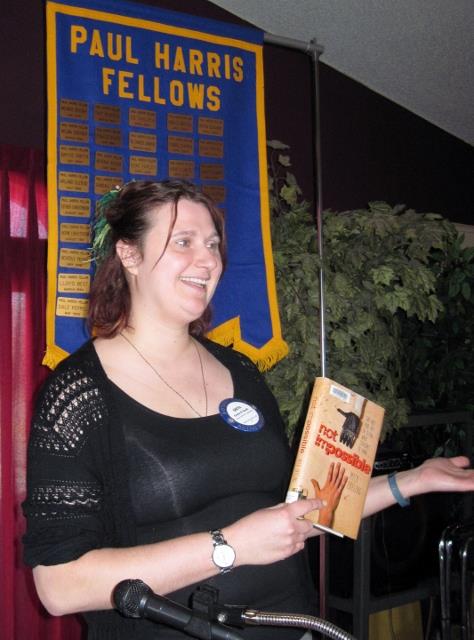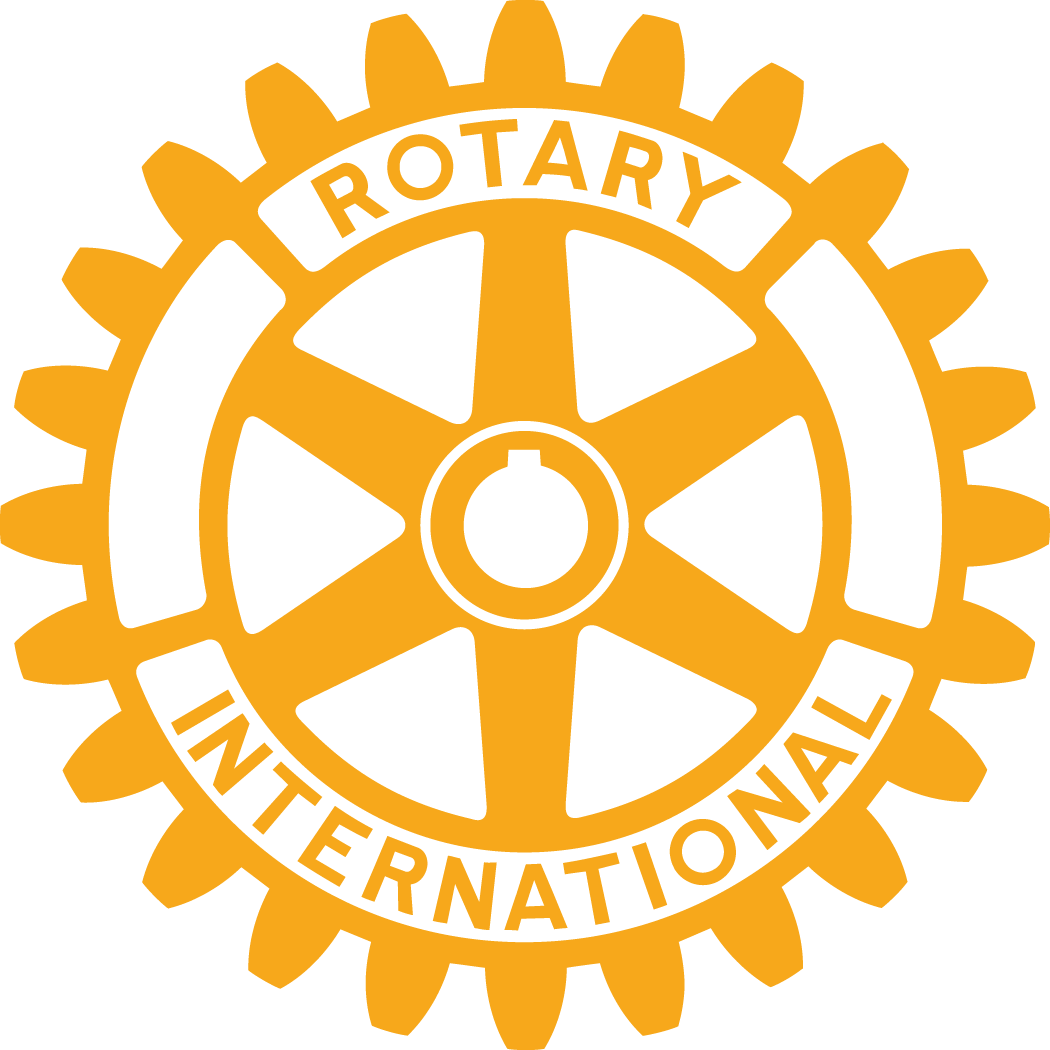NOT IMPOSSIBLE!!! - Mick Ebeling
Posted by Robert T. Chambers
on Mar 17, 2015
With a diversity of member's professions The Wahpeton Rotary has the opportunity to hear many different ideas, methods and concepts. That was very true during the regular noon meeting at Prante's March 21st when Greta Guck, a member and the Director of the Leach Library in Wahpeton spoke of a book that she learned about during the recent American Library Association meeting in Chicago.

The Book "Not Impossible - The Art and Joy of Doing What Couldn't be Done" by Mick Ebeling. Ebeling started as a film producer founding The Ebeling Group that focused on animation and visual effects before moving to major films such as :The Kite Runner". Musing on the technical side of what he did and working "outside the box" he began to envision the use of technology to solve the world's problems. Patents block the ability to do this so he has become a major advocate for open source coding and programing as a way of "crowd sourcing" a problem. Thus a program under development is put out and anyone may modify it so that gradually it gets better. So can technology solve problems for individuals?
In 2009 Ebeling heard of the graffiti artist Tempt One who had developed amyotrophic lateral sclerosis (ALS) in 2003 and was no longer able to paint. He needed a "Stephen Hawking" like machine. The problem is that these machines are very expensive. He and his programmers developed an "Eye Writer" for less than two hundred dollars that enabled Tempt One to draw using lasers. Where the machine sees his eyes go (using a cheap camera lens reversed) is where the lasers draw. What had appeared an impossible outcome was achieved by ignoring the impossible and committing to the project then using open sourcing to develop a solution. One lesson was not to help populations but to focus on one person at a time.
He applied the same logic to Daniel a boy in the Sudan who needed prosthetic arms. The solution was to "print" the prosthesis using a 3-D printer. The villagers were taught to use the technology and the equipment was left in the village so they now are making inexpensive prosthesis for people in the area. The message was to ignore the impossible and collaborate for a solution.

